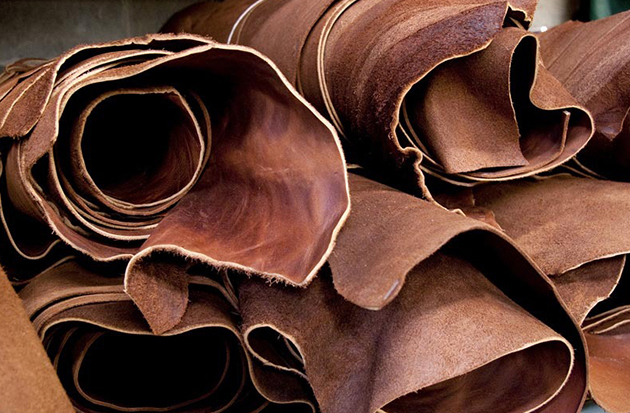
If you've made the decision to invest in a new handbag, suitcase, or other type of leather goods, You will notice pretty quickly how many different options are available to you, and at a variety of price points. There are several different types of leather, and all too often retailers are commanding high-end prices for leather goods that although may be made of genuine leather, are of inferior quality. In a pinch, you can use the following quick guide to better assess the quality of any leather goods you are considering adding to your collection.
Overall, there are three main grades of leather that are used to make leather goods. Each of these grades has its own specific qualities, although many leather goods can be made up of more than one grade of leather. Most importantly, any type of leather that you invest in should smell like leather. If you are in doubt about this, hold the item close to your nose and sniff. If it doesn't have that unmistakable smell, it's probably not the real deal.
Grade 1
Over 90% of the surface of Grade 1 leather is smooth. This is what is referred to as “full grain” leather, and it is the type most consistently used in high-end leather handbags and garments. Lambskin is the most popular Grade 1 leather on the market today.
Grade 2
Has a less consistent texture than Grade 1, with slight surface imperfections. It also feels more stiff than Grade 1 leather, although is still lightweight enough to use for garments and outerwear. This type of leather is often referred to as Nappa.
Grade 3
Grade 3 has a very inconsistent surface, and requires more treatment in order to hide the imperfections. This is a very stiff leather, either due to the rough surface or the excessive treatment required to make it look uniform.


